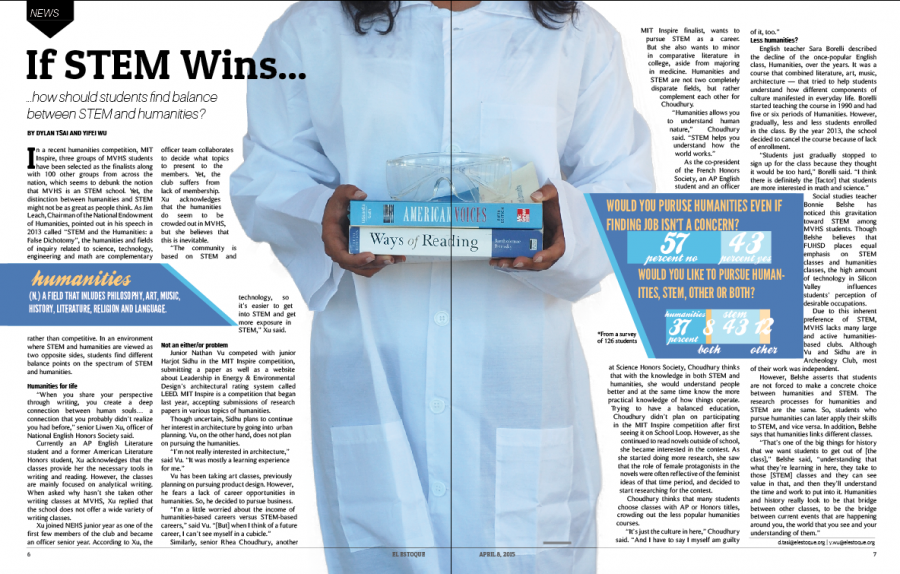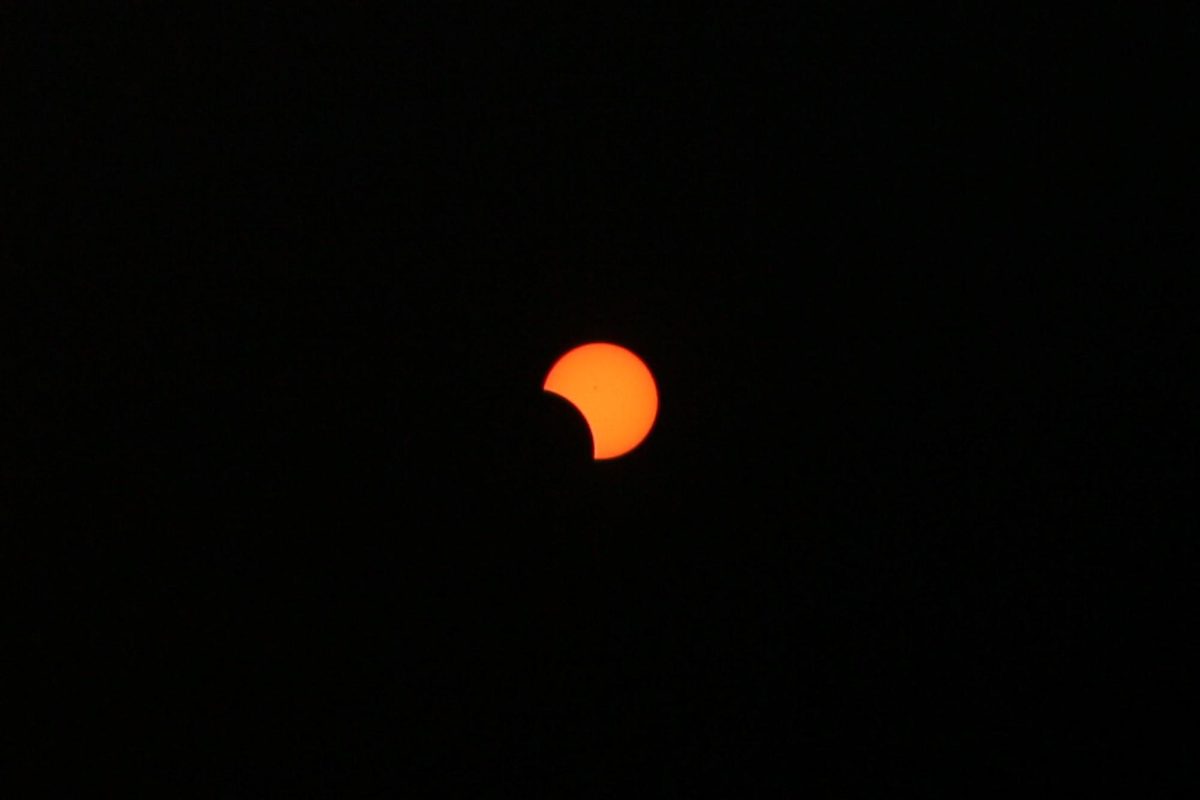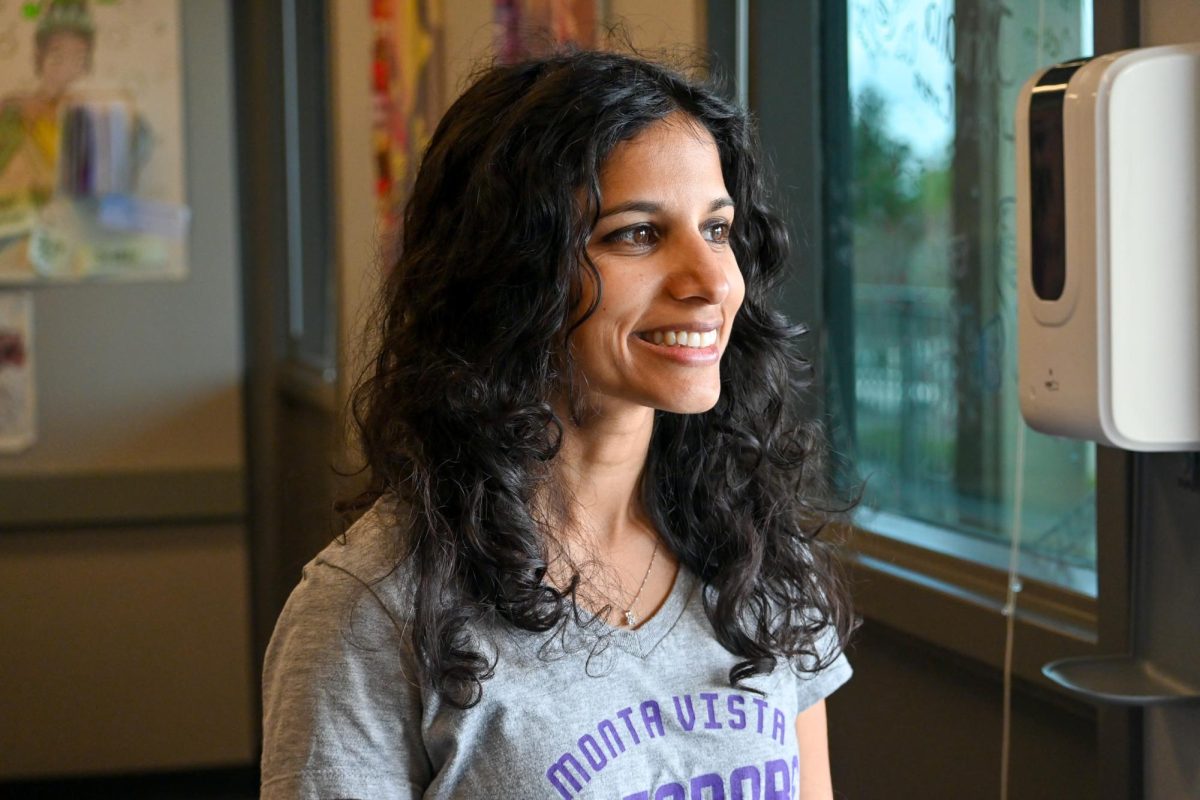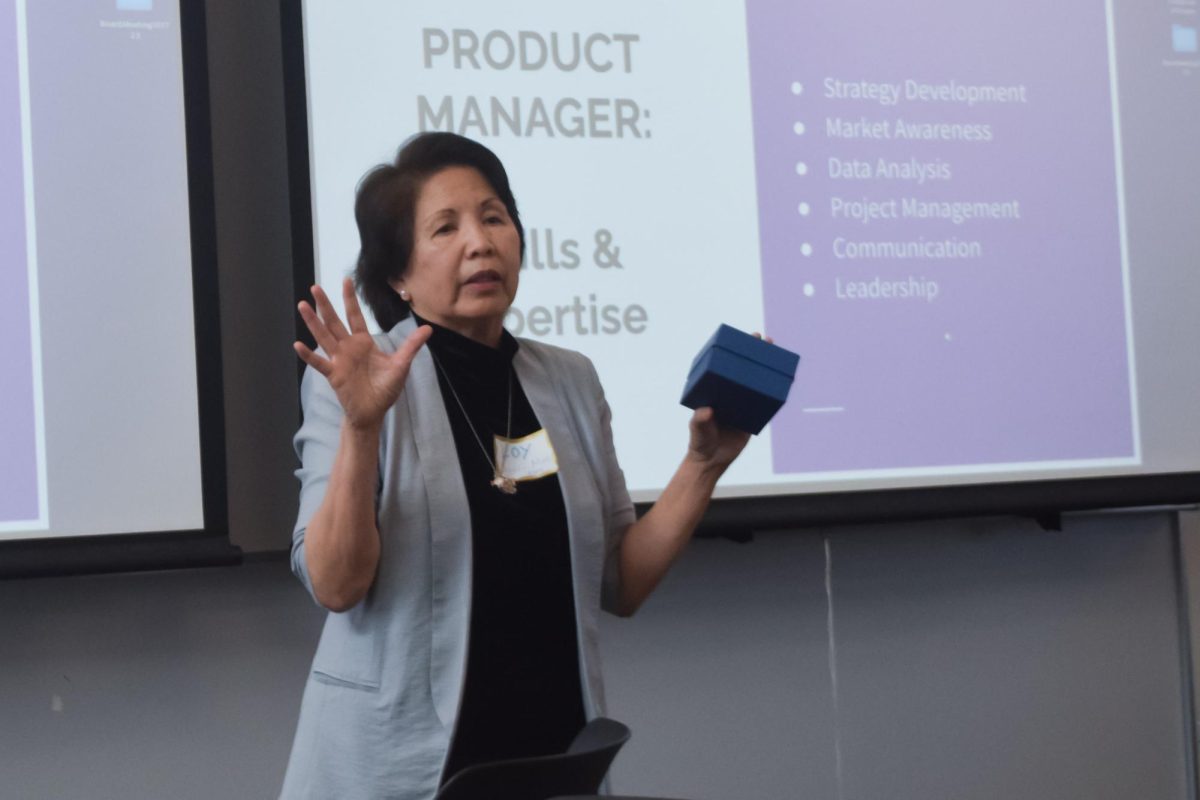…how should students find balance
between STEM and humanities?
In a recent humanities competition, MIT Inspire, three groups of MVHS students have been selected as the finalists along with 100 other groups from across the nation, which seems to debunk the notion that MVHS is an STEM school. Yet, the distinction between humanities and STEM might not be as great as people think. As Jim Leach, Chairman of the National Endowment of Humanities, pointed out in his speech in 2013 called “STEM and the Humanities: a False Dichotomy”, the humanities and fields of inquiry related to science, technology, engineering and math are complementary rather than competitive. In an environment where STEM and humanities are viewed as two opposite sides, students find different balance points on the spectrum of STEM and humanities.
Humanities for life
“When you share your perspective through writing, you create a deep connection between human souls—a connection that you probably didn’t realize you had before,” senior Liwen Xu, officer of National English Honors Society said.
Currently an AP English Literature student and a former American Literature Honors student, Xu acknowledges that the classes provide her the necessary tools in writing and reading. However, the classes are mainly focused on analytical writing. When asked why hasnít she taken other writing classes at MVHS, Xu replied that the school does not offer a wide variety of writing classes.
Xu joined NEHS junior year as one of the first few members of the club and became an officer senior year. According to Xu, the officer team collaborates to decide what topics to present to the members. Yet, the club suffers from lack of membership. Xu acknowledges that the humanities do seem to be crowded out in MVHS, but she believes that this is inevitable.
“The community is based on STEM and technology, so it’s easier to get into STEM and get more exposure in STEM,” Xu said.
Not an either/or problem
Junior Nathan Vu competed with junior Harjot Sidhu in the MIT Inspire competition, submitting a paper as well as a website about Leadership in Energy & Environmental Design’s architectural rating system called LEED. MIT Inspire is a competition that began last year, accepting submissions of research papers in various topics of humanities.
Though uncertain, Sidhu plans to continue her interest in architecture by going into urban planning. Vu, on the other hand, does not plan on pursuing the humanities.
“I’m not really interested in architecture,” said Vu. “It was mostly a learning experience for me.”
Vu has been taking art classes, previously planning on pursuing product design. However, he fears a lack of career opportunities in humanities. So, he decided to pursue business.
“I’m a little worried about the income of humanities-based careers versus STEM-based careers,” said Vu. “[But] when I think of a future career, I can’t see myself in a cubicle.”
Similarly, senior Rhea Choudhury, another MIT Inspire finalist, wants to pursue STEM as a career. But she also wants to minor in comparative literature in college, aside from majoring in medicine. Humanities and STEM are not two completely disparate fields, but rather complement each other for Choudhury.
“Humanities allows you to understand human nature,” Choudhury said. “STEM helps you understand how the world works.”
As the co-president of the French Honors Society, an AP English student and an officer at Science Honors Society, Choudhury thinks that with the knowledge in both STEM and humanities, she would understand people better and at the same time know the more practical knowledge of how things operate. Trying to have a balanced education, Choudhury didn’t plan on participating in the MIT Inspire competition after first seeing it on School Loop. However, as she continued to read novels outside of school, she became interested in the contest. As she started doing more research, she saw that the role of female protagonists in the novels were often reflective of the feminist ideas of that time period, and decided to start researching for the contest.
Choudhury thinks that many students choose classes with AP or Honors titles, crowding out the less popular humanities courses.
“It’s just the culture in here,” Choudhury said. “And I have to say I myself am guilty of it, too.”
Less humanities?
English teacher Sara Borelli described the decline of the once-popular English class, Humanities, over the years. It was a course that combined literature, art, music, architecture ó that tried to help students understand how different components of culture manifested in everyday life. Borelli started teaching the course in 1990 and had five or six periods of Humanities. However, gradually, less and less students enrolled in the class. By the year 2013, the school decided to cancel the course because of lack of enrollment.
“Students just gradually stopped to sign up for the class because they thought it would be too hard,î Borelli said. ìI think there is definitely the [factor] that students are more interested in math and science.”
Social studies teacher Bonnie Belshe has noticed this gravitation toward STEM among MVHS students. Though Belshe believes that FUHSD places equal emphasis on STEM classes and humanities classes, the high amount of technology in Silicon Valley influences studentsí perception of desirable occupations.
Due to this inherent preference of STEM, MVHS lacks many large and active humanities-based clubs. Although Vu and Sidhu are in Archeology Club, most of their work was independent.
However, Belshe asserts that students are not forced to make a concrete choice between humanities and STEM. The research processes for humanities and STEM are the same. So, students who pursue humanities can later apply their skills to STEM, and vice versa. In addition, Belshe says that humanities links different classes.
“That’s one of the big things for history that we want students to get out of [the class],” Belshe said, “understanding that what they’re learning in here, they take to those [STEM] classes and they can see value in that, and then they’ll understand the time and work to put into it. Humanities and history really look to be that bridge between other classes, to be the bridge between current events that are happening around you, the world that you see and your understanding of them.”






















